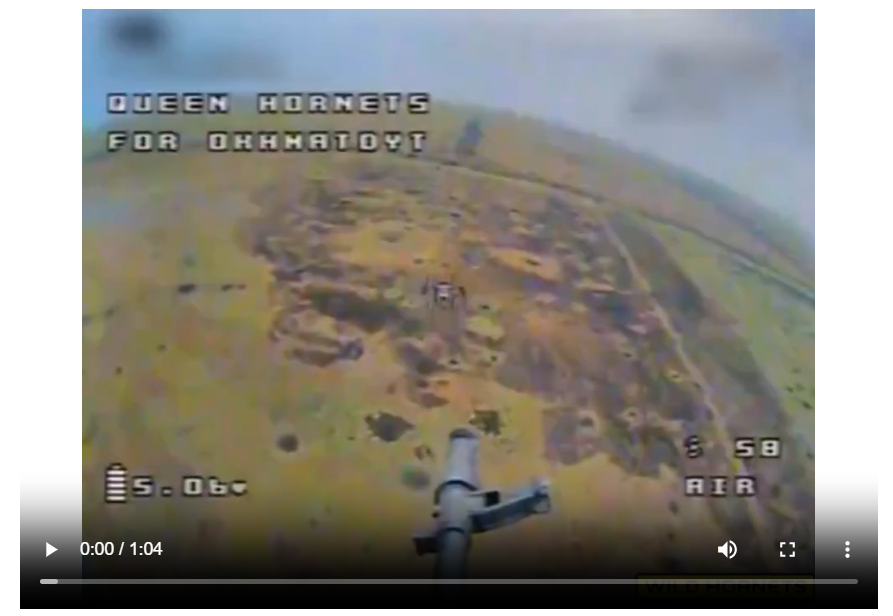
Ukraine’s Wild Hornets drone, armed with an AK assault rifle, has been deployed in combat for the first time following earlier testing. This was revealed in a footage released by the manufacturer Wild Hornets. While it’s unlikely to become a widespread system, it could be useful for clearing the battlefield of dismounted infantry after failed assaults. However, there’s a significant risk of losing the drone and its weapon to the enemy. Future use of these drones will likely be limited to areas with minimal electronic warfare threats. By providing suppressive fire on enemy trenches, these drones can force defenders to take cover, allowing infantry to approach and enter the trench with relative safety. Reusable combat drones are expected to become more common as anti-drone defenses improve. To remain effective, these drones will need advanced features such as jamming resistance, night vision cameras, and extended range to counter evolving threats. Given the increased cost of effective drones, reusability becomes more practical. In addition to cost savings, reusable drones offer other advantages. They eliminate the need for additional drones for battle damage assessment and can engage multiple targets in a single mission. While reusable grenade-dropping drones have been used throughout the war, their effectiveness is limited by factors such as low accuracy. The preference for FPV drones, which are significantly more expensive than grenades, suggests that guided bombs or drones equipped with guns or rockets are more desirable for achieving accurate and effective strikes.
It’s surprising that this development has taken so long, especially considering the potential of a more streamlined weapon. An extremely simplified automatic pistol, angled directly downwards and equipped with a 3D-printed drum magazine, could offer significantly increased ammunition capacity and improved stability for strafing. This approach would allow for concentrated fire on a small area with minimal recoil. These gun-equipped drones offer a more lethal and reusable alternative to bombs or kamikaze drones. Their ability to engage targets from a greater distance and with reduced risk of electronic warfare interference makes them a valuable tactical asset. The lack of widespread use of stripped-down automatic shotguns for countering Russian reconnaissance UAVs is surprising. A fixed-wing drone equipped with such a weapon could offer a rapid and effective defense against these aerial threats. While current adaptations may be ad hoc, future developments could lead to more standardized designs. A chain gun mechanism could help mitigate the risk of cycling and feeding failures, similar to their use in aircraft, though weight considerations need to be factored in. While an electric motor might be considered, the high failure rate of drones due to electronic warfare and shootdowns makes a traditional blowback mechanism a more practical choice. Complex designs are generally reserved for drones with higher return expectations and a need for guaranteed success.
Gun-equipped drones offer a significant advantage over explosive-carrying drones: their resilience to gunfire. While critical components must be protected, armoring the drone can increase its survivability against small arms fire. This allows for a more aggressive and risk-tolerant operational strategy, as catastrophic explosions are no longer a concern.
